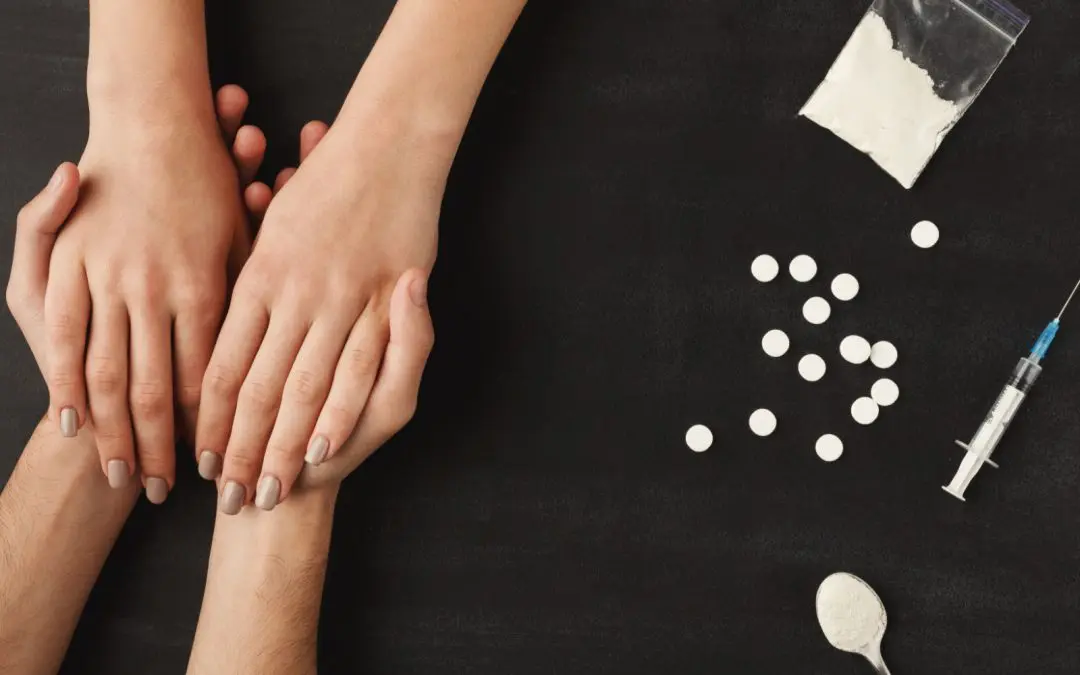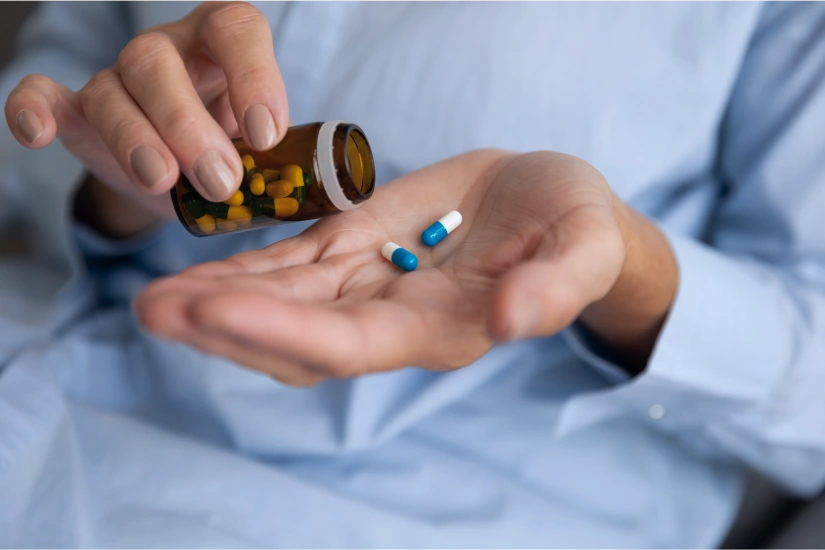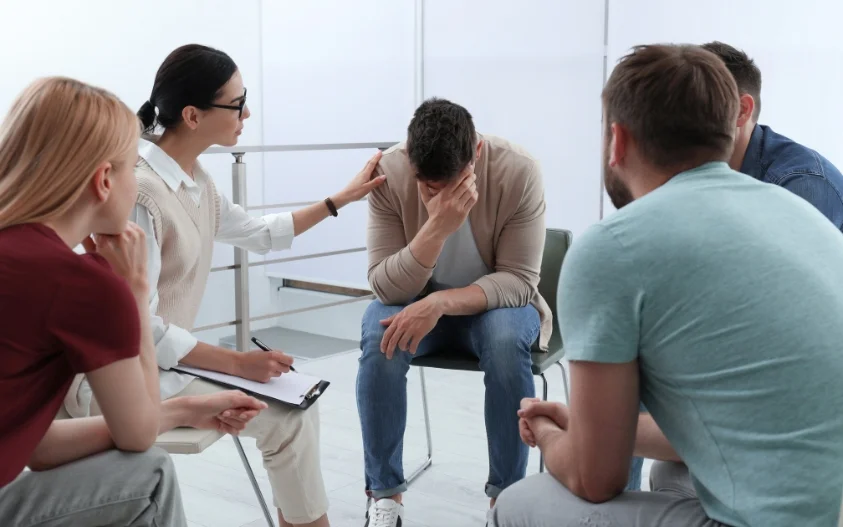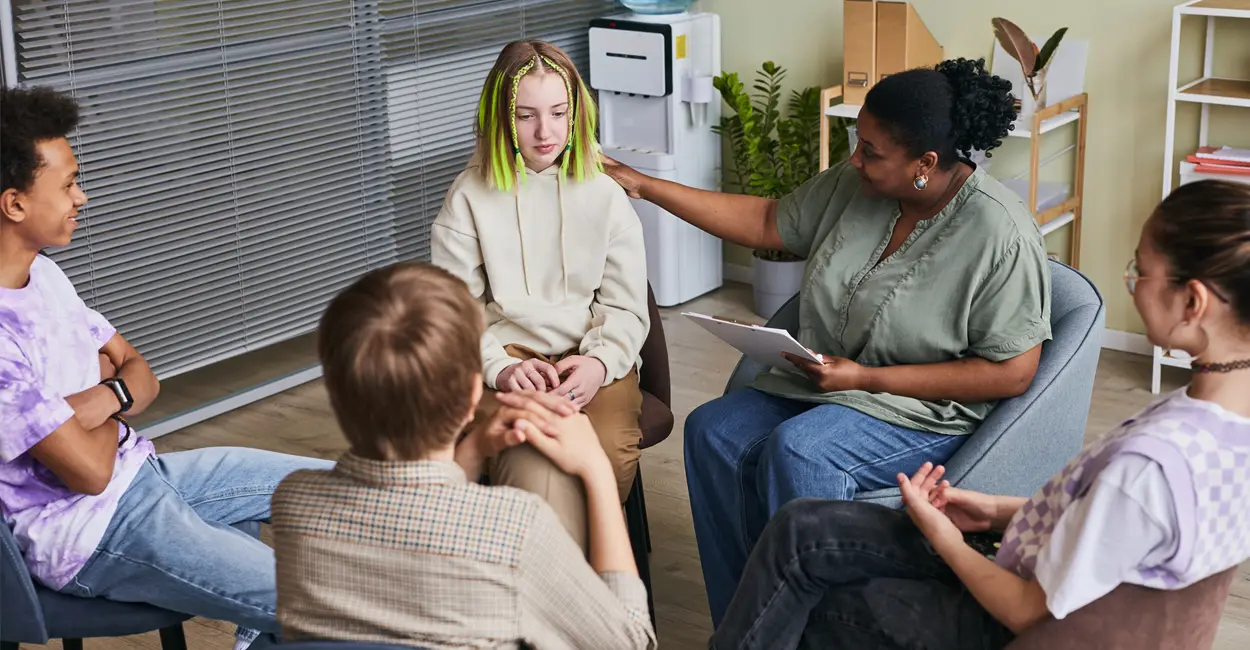24/7 Helpline:
(866) 899-221924/7 Helpline:
(866) 899-2219
Learn more about PTSD Rehab centers in Santa Monica
PTSD Rehab in Other Cities

Other Insurance Options

Excellus

Private insurance

State Farm

Meritain

Lucent
Beacon

MHNNet Behavioral Health

Cigna

Absolute Total Care

Molina Healthcare

BHS | Behavioral Health Systems

Aetna

Choice Care Network

United Health Care

Horizon Healthcare Service

UMR

Amerigroup

BlueCross

Self-pay options

Humana

Family Services – Alcohol and Drug Counseling – Santa Monica
Family Services – Alcohol and Drug Counseling – Santa Monica is a private rehab located in Santa Mon...

The Last House Sober Living
The Last House Sober Living offers inpatient and outpatient treatment for individuals with alcohol a...

Sea Change Recovery
Sea Change Recovery, in Santa Monica, California, is a 12 step focused drug and alcohol rehab for ad...

Thrive Treatment
Thrive Treatment offers outpatient and intensive outpatient services for individuals with alcohol an...

CLARE | MATRIX Admissions and Prevention
CLARE | MATRIX Admissions and Prevention is a non-profit rehab located in Santa Monica, California. ...

CLARE | MATRIX Outpatient Treatment Center – Santa Monica
CLARE | MATRIX Outpatient Treatment Center – Santa Monica is a non-profit rehab located in Santa Mon...















Steven Lodge Interventions
Steven Lodge Interventions is a private rehab located in Santa Monica, California. Steven Lodge Inte...

Victoria’s House
Victoria’s House is a private rehab located in Santa Monica, California. Victoria’s House specialize...

Promises Treatment Centers
Promises Treatment Centers is a dual-diagnosis addiction treatment center specializing in treating a...

CLARE l MATRIX Foundation – Women’s Treatment
CLARE l MATRIX Foundation – Women’s Treatment is a non-profit rehab located in Santa Monica, Califor...

Alcohol Drug Council – High Gain Project
Alcohol Drug Council – High Gain Project is a non-profit rehab located in Santa Monica, California. ...

Words of Wonder
Words of Wonder is a private rehab located in Santa Monica, California. Words of Wonder specializes ...

St John’s Chem Dependency Center
St John’s Chem Dependency Center is a private rehab located in Santa Monica, California. St John’s C...

CLARE Foundation – Detox
CLARE Foundation is a CARF accredited dual diagnosis substance use disorder treatment facility based...

La Ventana Treatment Programs
La Ventana Treatment Programs - 7th Street offers intensive outpatient programs for individuals with...

Rosewood
Rosewood Ocean Park Blvd for Eating Disorders offers treatment for anorexia, bulimia, binge eating d...

Dimensions Recovery Centers
Dimensions Recovery Centers - Pacific Street offers inpatient services for individuals with alcohol ...

CLARE Foundation
CLARE Foundation offers multiple addiction recovery programs for adults in Santa Monica, CA. Individ...

CLARE | MATRIX Postpartum and Pregnant Women Program
CLARE | MATRIX Postpartum and Pregnant Women Program is a non-profit rehab located in Santa Monica, ...

CLARE | MATRIX Men’s Treatment Program
CLARE | MATRIX Men’s Treatment Program is a non-profit rehab located in Santa Monica, California. CL...

Resolutions Teen Center
Resolutions Teen Center is a private rehab located in Santa Monica, California. Resolutions Teen Cen...

CLARE | MATRIX Healing House
CLARE | MATRIX is a co-occurring mental health substance use disorder drug rehab facility located in...

CLARE | MATRIX
Clare Matrix located in Santa Monica, CA is an esteemed organization driven by a mission to provide ...






